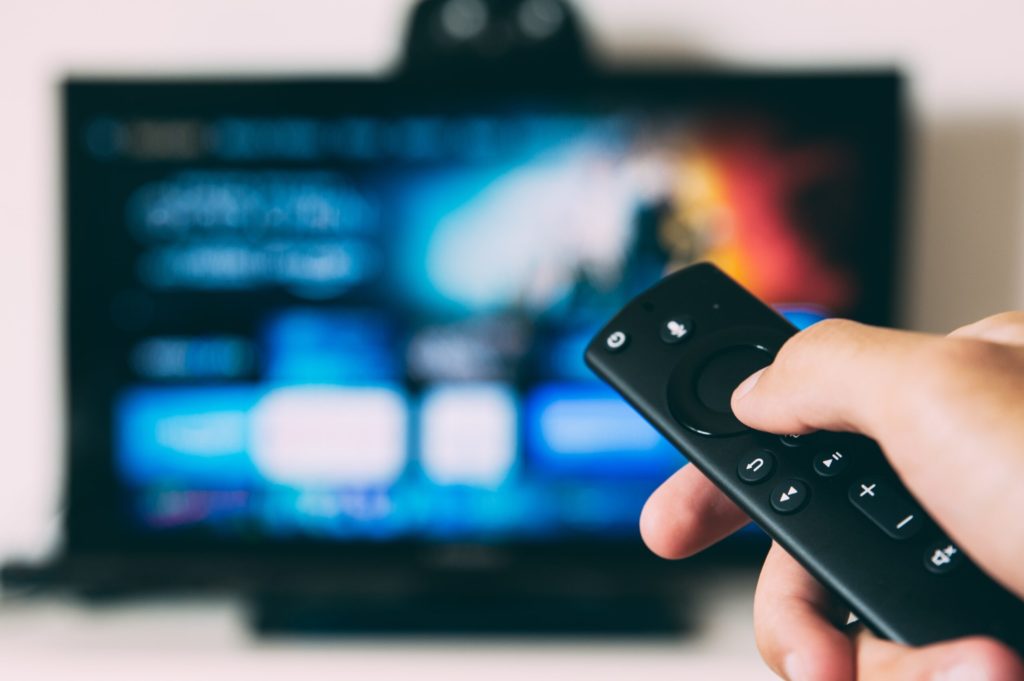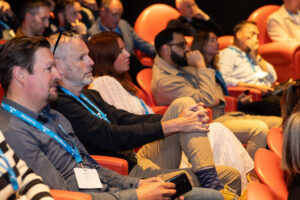In an era of rapidly evolving digital consumption, television remains a dominant force in Europe, adapting to technological advances while retaining its unique role in our lives. RTL AdAlliance’s 2024 TV Key Facts report underscores this resilience, highlighting TV’s enduring relevance and the pivotal role AI now plays in enhancing advertising strategies.
As digital continues to reshape our media landscape, TV proves to be more than just a passive screen—it’s a powerful, emotion-driven platform in a data-rich world.
TV: still dominant and resilient
Television remains central to European viewing habits. Despite the rise of streaming and on-demand services, 53% of Europeans still turn to linear TV first, according to the latest report by RTL AdAlliance. Daily viewing time in Europe averaged 3 hours and 13 minutes in 2023, nearly an hour longer than in the United States.
With Broadcaster Video on Demand (BVOD) platforms growing by 10 percentage points over the past three years and ad spending in “total video” projected to rise by up to 4% annually through 2029, TV’s integration into the modern media mix is not just secure—it’s evolving.
Connected TV (CTV) is another key factor in the TV landscape’s evolution. IAB Europe’s data reports a remarkable 23.5% growth in CTV, underscoring the importance of blending traditional and digital video channels into one cohesive strategy. The enduring appeal of TV reflects its unique ability to connect with audiences on an emotional level, particularly through local content like sports, news, and reality competition shows that resonate with viewers and foster lasting brand connections.
Emotional appeal vs. perception bias: a double-edged sword
Television’s strength lies in its capacity to elicit powerful emotions. Ads rooted in emotional storytelling create a stronger impact, generating higher recall than campaigns that focus solely on product features or direct calls to action. Yet, many media planners underestimate TV’s effectiveness. According to research from Thinkbox, this bias toward digital can distort perceptions, despite econometric models showing that TV often contributes more to sales.
The popularity of sports and local content, in particular, exemplifies TV’s emotional power. These genres continue to capture European audiences, providing a unique advertising platform where emotional engagement and broad reach intersect. Television’s emotional impact is a potent tool, especially when complemented by data-driven strategies that leverage AI for precision targeting.
The role of AI in reinventing TV advertising
AI has moved beyond buzzword status, now playing a critical role across every stage of the TV advertising value chain. Here’s how AI is transforming each step of the TV advertising process:
1. Content Production: AI-driven technologies streamline production workflows, allowing creators to produce high-quality content more efficiently. For instance, channels like NTV are exploring AI-generated visuals, enabling faster, cost-effective production.
2. Content Distribution: AI enhances BVOD platforms, improving accessibility and personalization. AI-powered search engines on platforms like M6+ refine the viewing experience by ensuring that relevant content reaches audiences efficiently.
3. Ad Creation: With innovations such as Addressable TV 2.0, AI enables advertisers to deliver personalised ads to specific audiences. The result? More engaging and effective campaigns tailored to individual viewer preferences.
4. Media Planning: AI-driven ad tech enables more sophisticated media planning by providing real-time, data-informed insights. This ensures that TV and online video receive optimal placement based on where the audience is most engaged.
5. Measurement: AI enhances measurement accuracy, giving advertisers deeper insights into audience behaviors and ad effectiveness. With these tools, brands can make data-backed adjustments to optimize campaigns in real time.
Through these AI applications, TV advertising is not only more efficient but also smarter, allowing advertisers to harness the emotional power of television with the precision and adaptability of digital.
Blending human and machine in advertising’s future
RTL AdAlliance’s 31st edition of TV Key Facts reflects a strategic blend of technology and human creativity. The report’s split format—one half focused on technological advancements, the other on human perspectives—symbolises the harmonious convergence of these elements in modern advertising. As AI continues to enhance TV’s relevance in an increasingly fragmented media environment, the integration of human creativity ensures that advertising retains its personal touch.
Aurélie Brunet de Courssou, Marketing Director at RTL AdAlliance, said: “At RTL AdAlliance, we envision a future where TV is 100% digital and ad served. Using technology, we’re actively working towards this goal. Our ‘TV Key Facts: Where tech meets human / Where humans meet tech’ sheds light on the ideal mixture of premium content and skillful advertising techniques—combining the power of emotional content with cutting-edge technology and data-driven insights for smarter media planning.”












